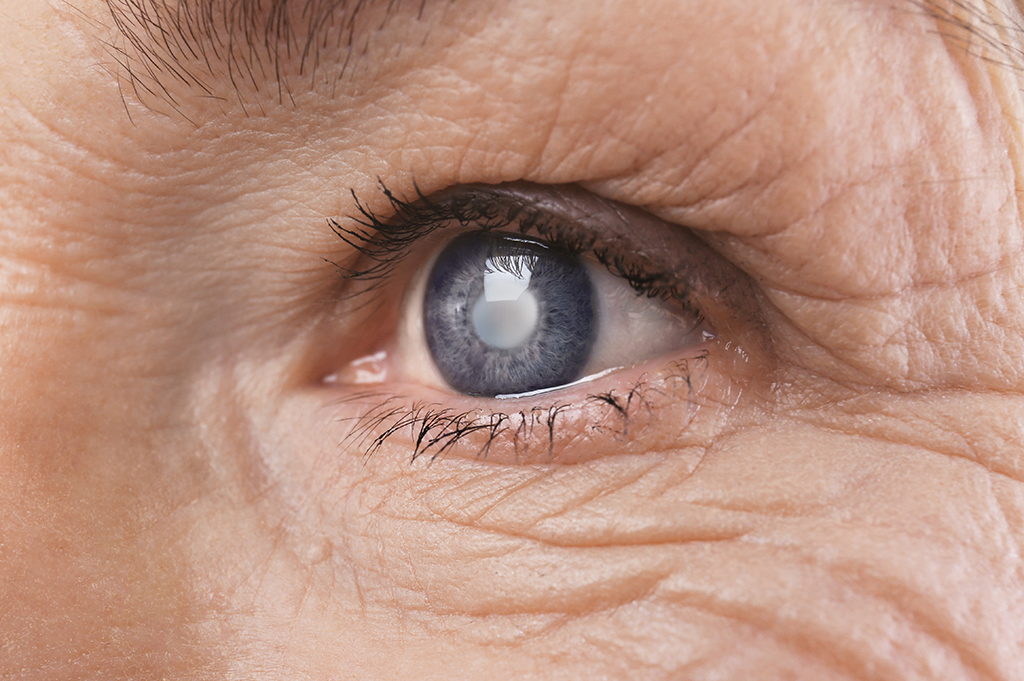New dog model for studying Stargardt’s eye disease
In a recent study, published in PLOS genetics, a novel form of retinal degeneration in dogs was successfully investigated using whole genome sequencing. The study, led by scientists from the Swedish University of Agricultural Sciences, was enabled by the SciLifeLab National Genomics Infrastructure (NGI) and National Bioinformatics Infrastructure (NBIS).
Stargardt disease (STDG) is an autosomal recessive retinal degeneration disease leading to central vision impairment and blindness. It stems from a mutation in the ABCA4-gene and is the most common inherited retinal disease, affecting 1 in 8-10 thousand children and young adults. The ABCA4-gene encodes for a membrane transporter protein found in the rods and cone photoreceptors of the eye.
So far, there are no effective treatments for Stargardt disease and the only animal model available is a mouse model which works poorly due to big differences between human and mouse eyes.
Earlier studies have shown that dogs are suitable in both finding genetic causes as well as developing new treatments for a number of other retinal degenerative diseases. The current study proposes that the new dog model, which has a “loss of function” mutation in the ABCA4 gene, would make a suitable animal model when studying human STGD.





